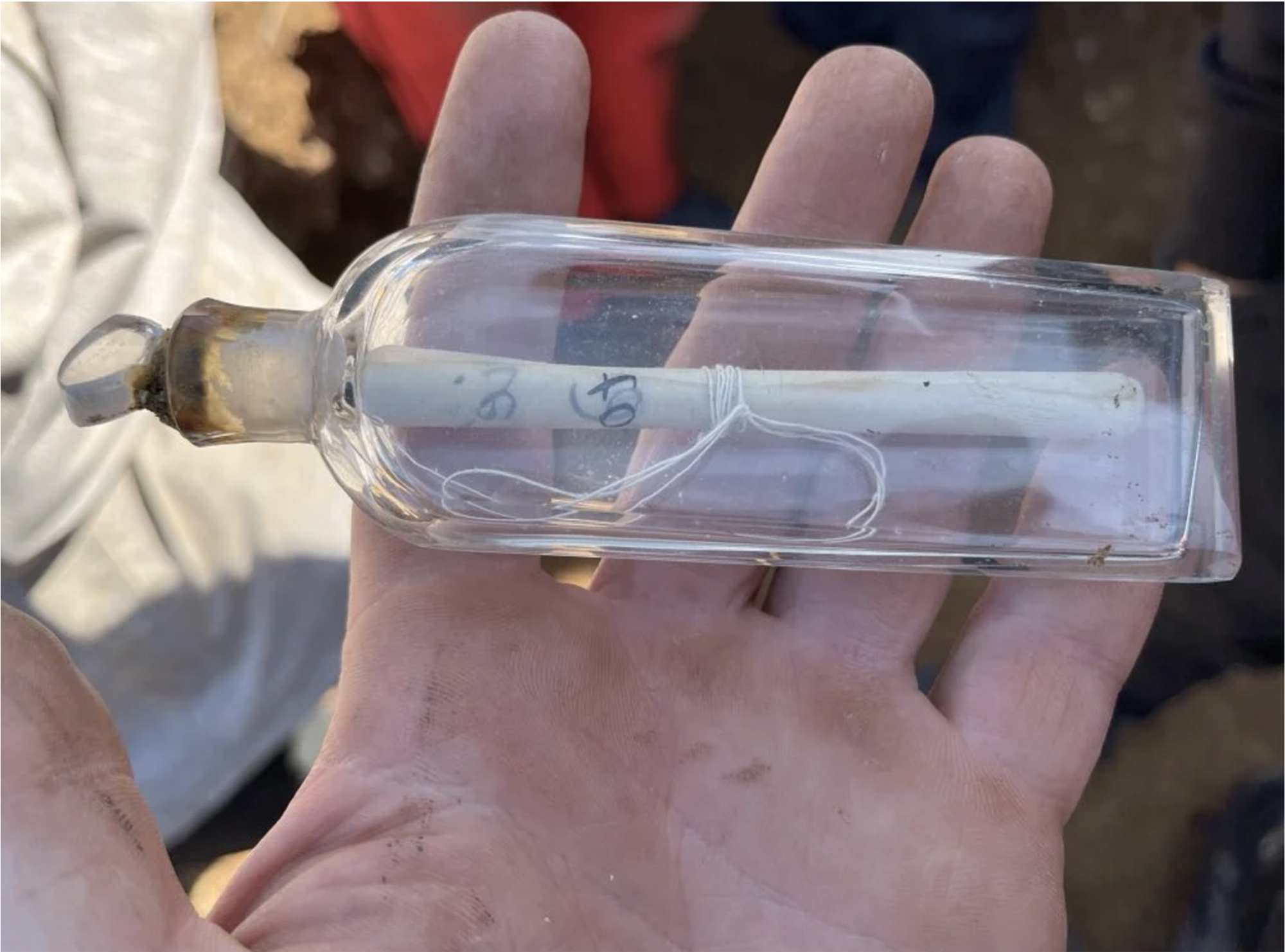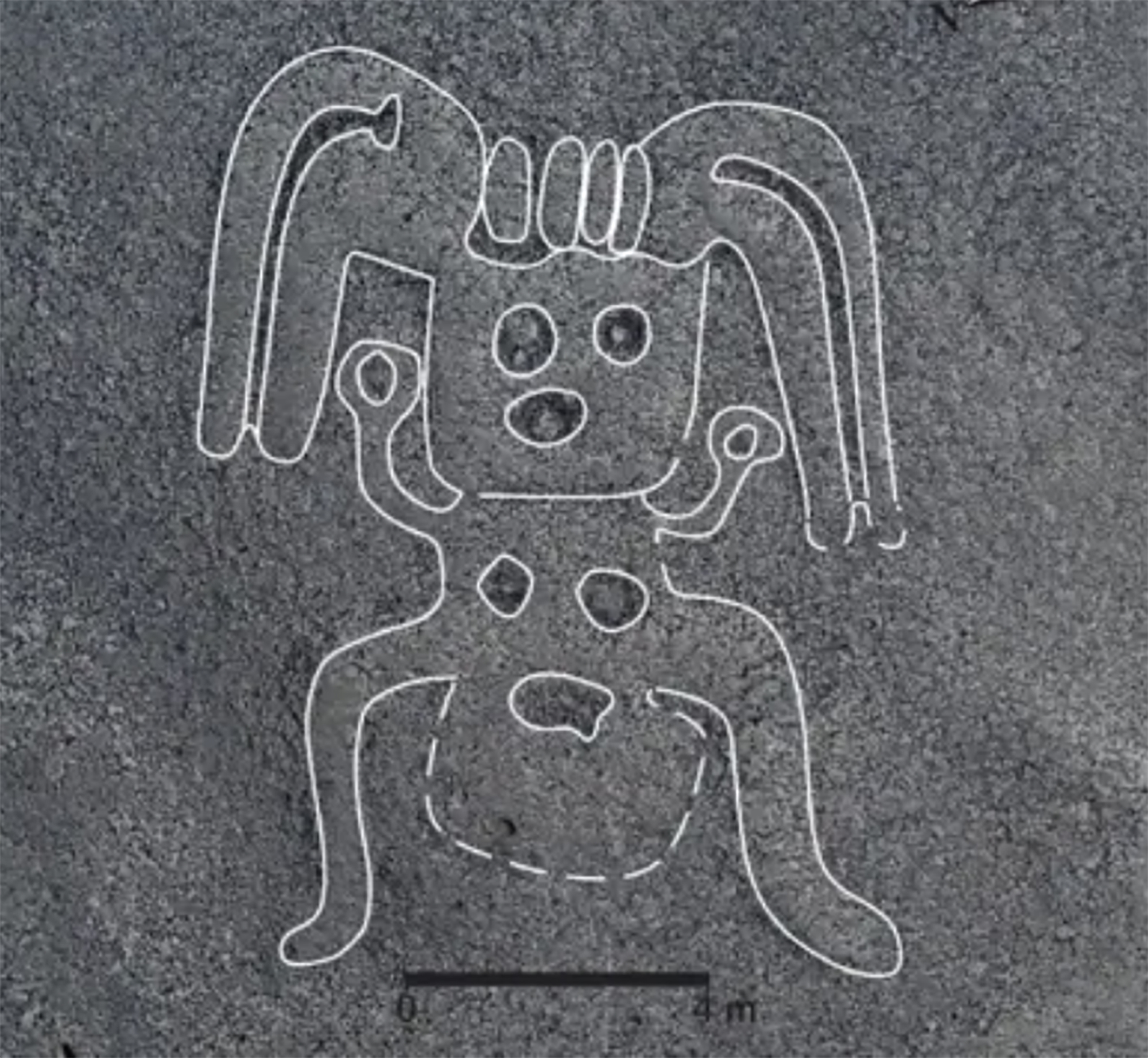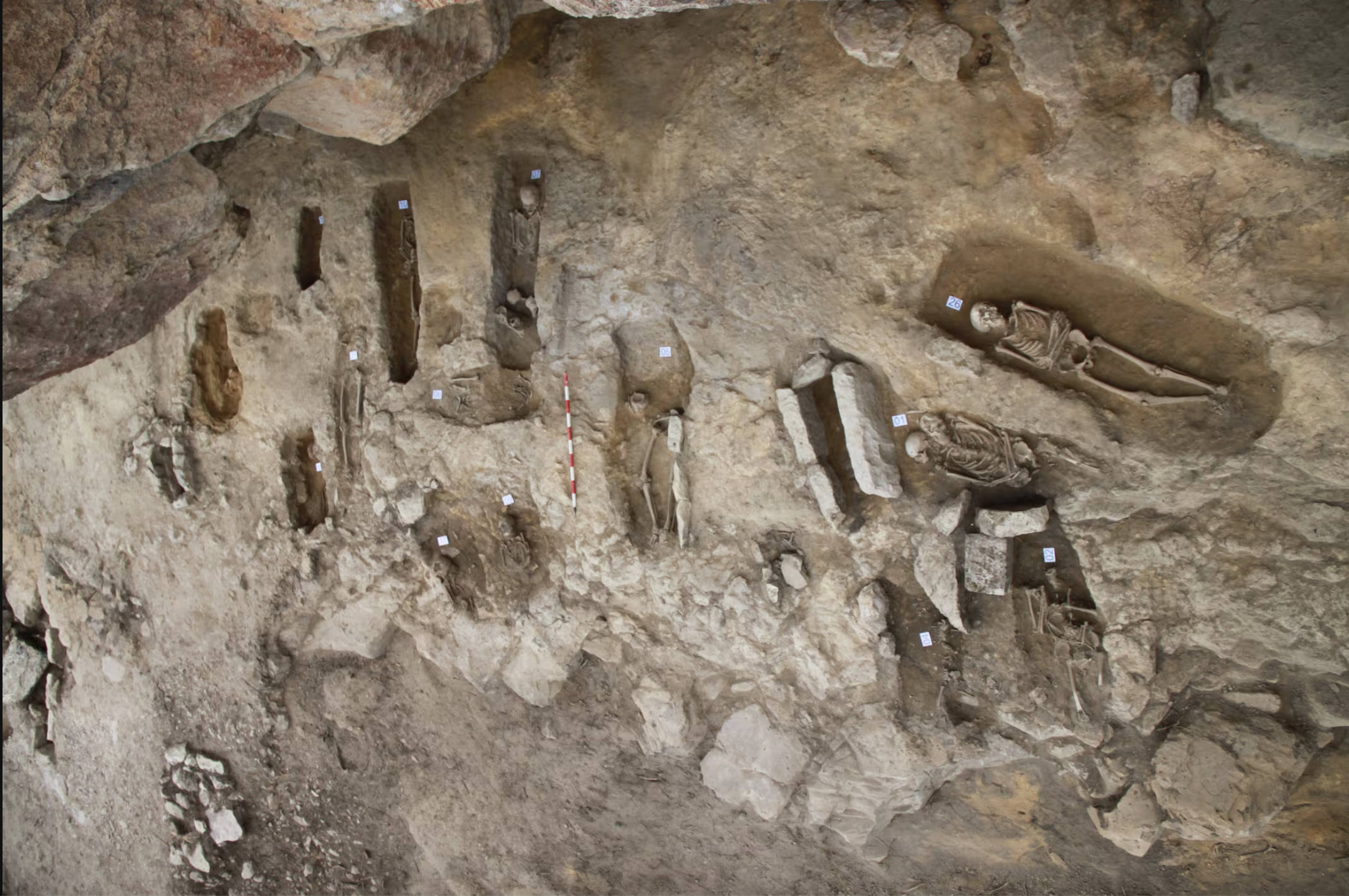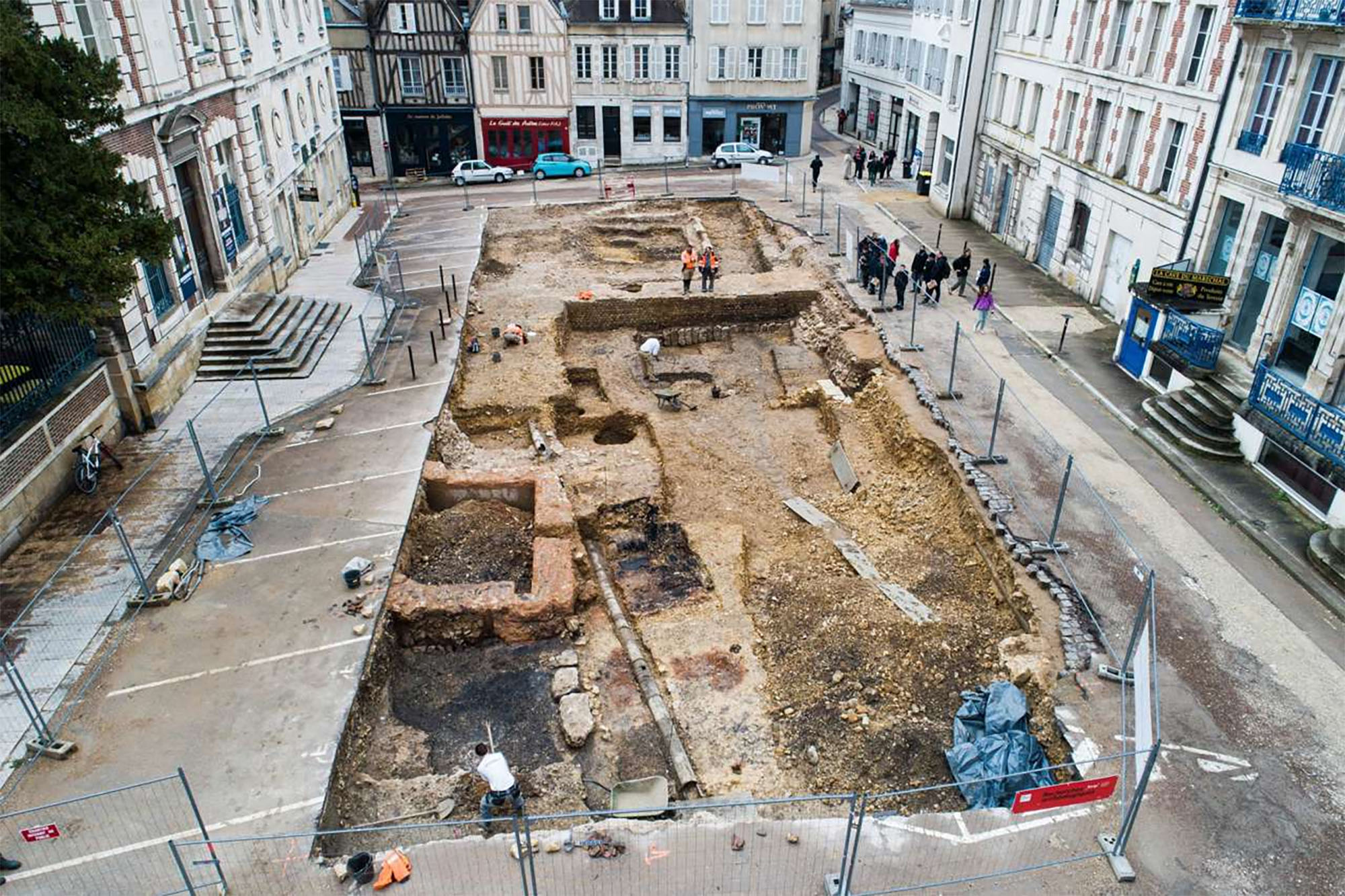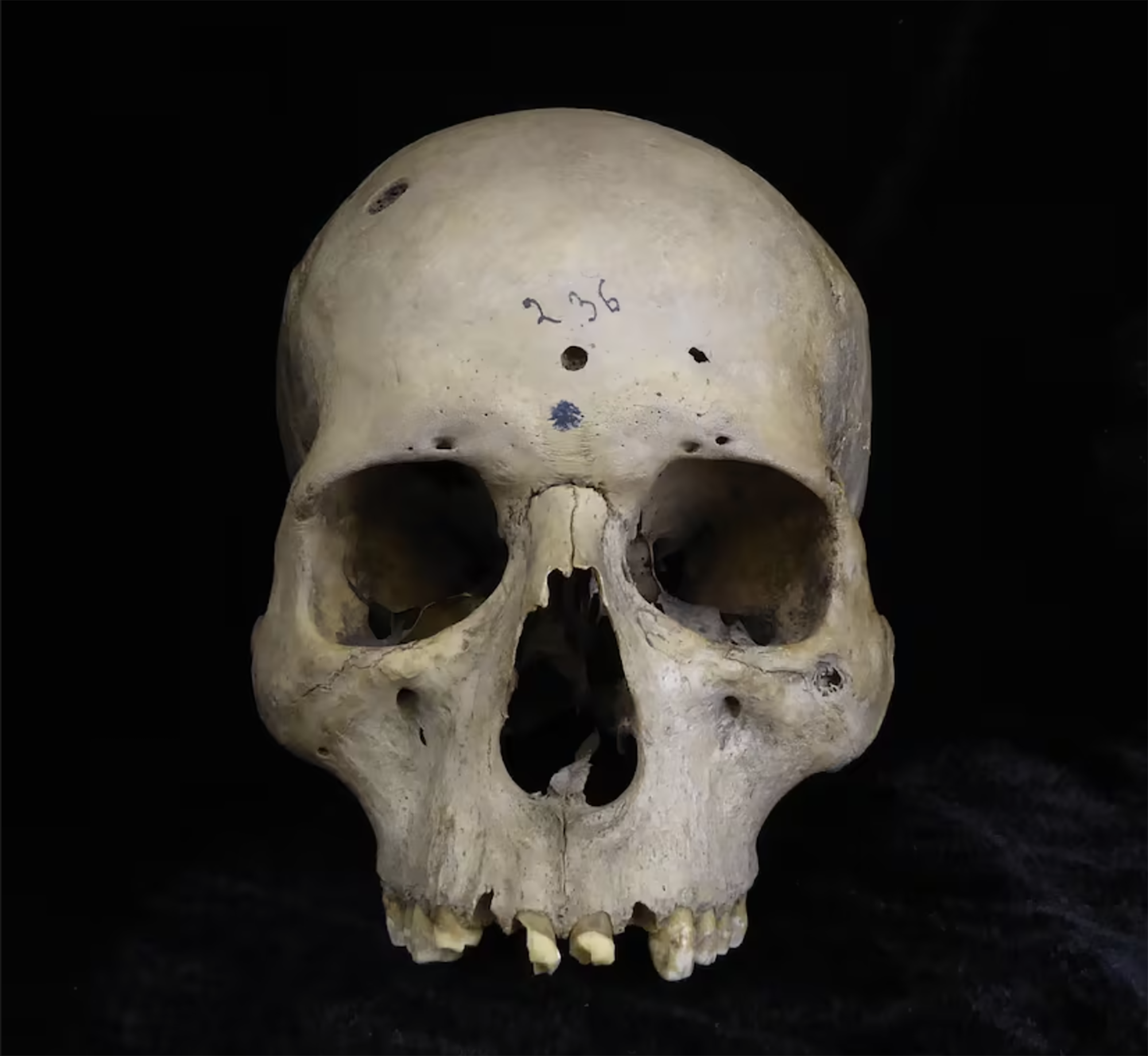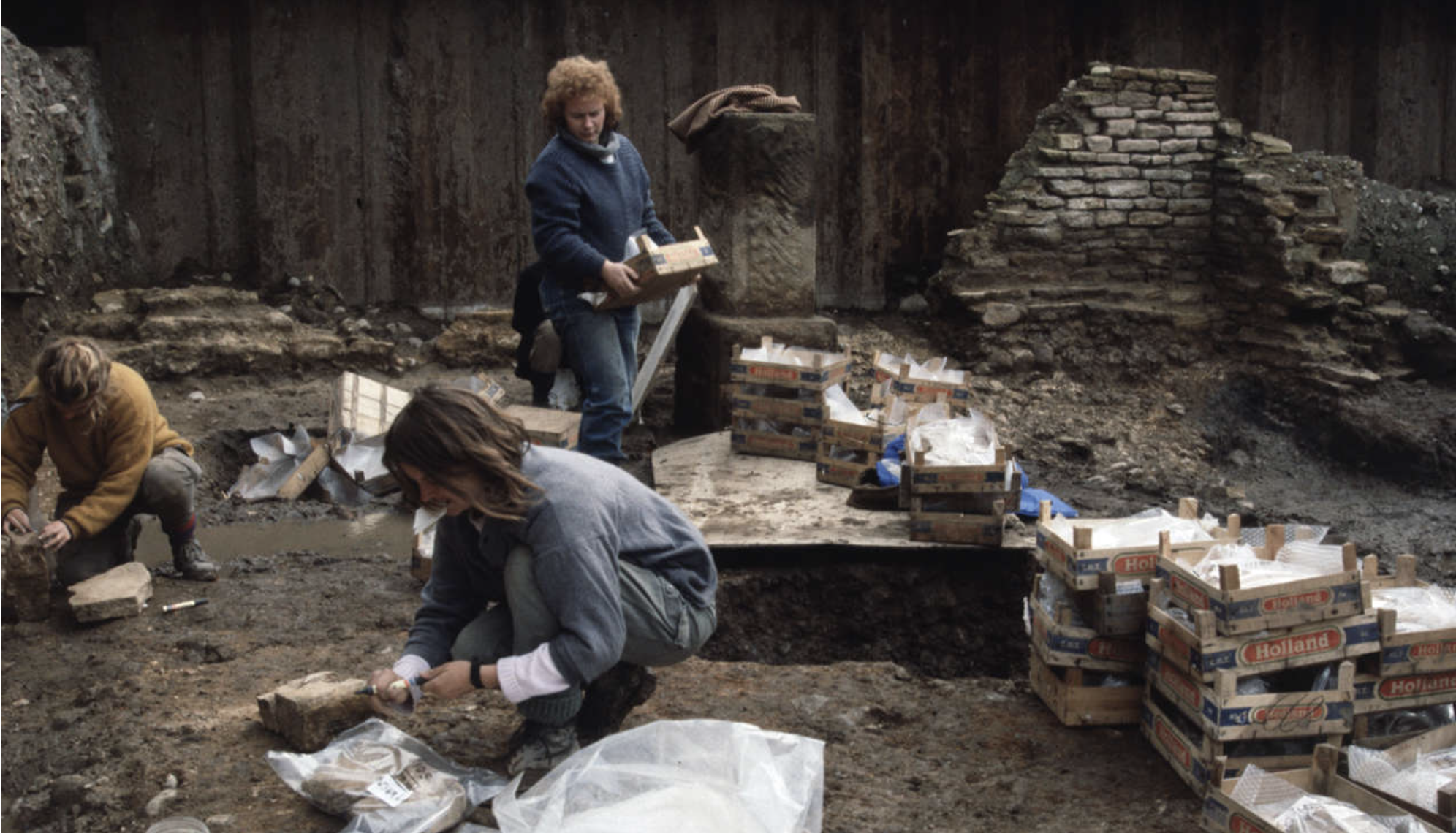San Juan to Portam Latinam, witness of the great Neolithic violence
- San Juan to Portan Latinam (Laguardia, Álava) is one of the most unique deposits of the Neolithic, with 338 people buried together, many of them with clear signs of violence. In fact, the archaeologist of Aranzadi, Lourdes Herrasti Erlogorri, said the site was a “gem.” Now, after the bone revision, new conclusions have been drawn about the time and society, in a work led by Teresa Fernández Crespo from the University of Valladolid.

Deposit a. C. It is 3380-3000 years old and previously undocumented individuals have been identified and analyzed in the new study. Thus, almost a quarter of the 338 individuals (23.1%) have observed trauma (65 uncured individuals and 89 cured individuals), mostly young men or adult men. From there they deduced that it was they (boys and men) who participated in the wars and fights, and those who were injured and died hard. However, the bodies of children and women, some wounded by arrow or dead, were also buried alongside them. Therefore, violent episodes affected people of all ages and sexes.
According to the researchers, San Juan Ante Porta Latinam is the largest documented violent episode in the late Neolithic of all of Europe. They consider that there may be a time of strong demographic pressure and that it has generated competition and conflict between groups of different cultures. At that time there were also signs of violence in other parts of the area (arrows, head trauma, fractures…), a scenario that suggests that violence between enemy groups was organized.
On the other hand, signs of malnutrition are evident in the bones. This suggests that the social consequences of this situation were broader and deeper than anywhere else around San Juan to Portam Latinam.
The working group was attended by researchers from Aranzadi, Oxford, Aix-Marseille and the University of Cantabria, and has been published in the journal Scientific Reports de Nature.
Ethiopia, 24 November 1974. Lucy's skeleton was found in Hadar, one of the oldest traces of human ancestors. The Australian hominid of Australopithecus afarensis is between 3.2 and 3.5 million years old.
So they considered it the ancestor of species, the mother of all of us. In... [+]
While working at a site in the Roman era of Normandy, several archaeology students have recently made a curious discovery: inside a clay pot they found a small glass jar, of which women used to bring perfume in the 19th century.
And inside the jar was a little papelite with a... [+]
A team of researchers led by the Japanese archaeologist Masato Sakai of the University of Yamagata has discovered numerous geoglyphs in the Nazca Desert (Peru). In total, 303 geoglyphs have been found, almost twice as many geoglyphs as previously known. To do so, researchers... [+]
Treviño, 6th century. A group of hermits began living in the caves of Las Gobas and excavated new caves in the gorge of the Laño River, occupied since prehistory. In the next century, the community began to use one of the caves as a necropolis. In the 9th century they left the... [+]
On August 1, a dozen people from the family were in Aranguren. Two young people from Aranzadi made firsthand the excavations and works being carried out in Irulegi. This visit is highly recommended, as it reflects the dimension of the work they are doing.
Halfway, at the first... [+]
In the desert of Coahuila (Mexico), in the dunes of Bilbao, remains of a human skeleton have been found. After being studied by archaeologists, they conclude that they are between 95 and 1250 years old and that they are related to the culture of Candelaria.
The finding has been... [+]
The Roman city of Santakriz is an impressive archaeological site located in Eslava, near Sangüesa. Apparently, there was a fortified people of the Iron Age, and then the Romans settled in the same place. Juan Castrillo, himself a priest of Eslava, gave the site for the first... [+]
This winter the archaeologists of the INRAP (National Institute of Preventive Archaeological Research) have found a special necropolis in the historic centre of Auxerre (French State), a Roman cemetery for newborn babies or stillbirths. - Oh, good! The necropolis used between... [+]
Two years ago, the Catalan archaeologist Edgard Camarós, two human skulls and Cancer? He found a motif card inside a cardboard box at Cambridge University. Skulls were coming from Giga, from Egypt, and he recently published in the journal Frontiers in Medicine, his team has... [+]
York, England, 2nd century. Various structures and houses were built in the Roman city of Eboracum. Among others, they built a stone building in the present Wellington Row and placed an arch in the wall that crossed the Queen’s Hotel. Both deposits were excavated in the second... [+]










